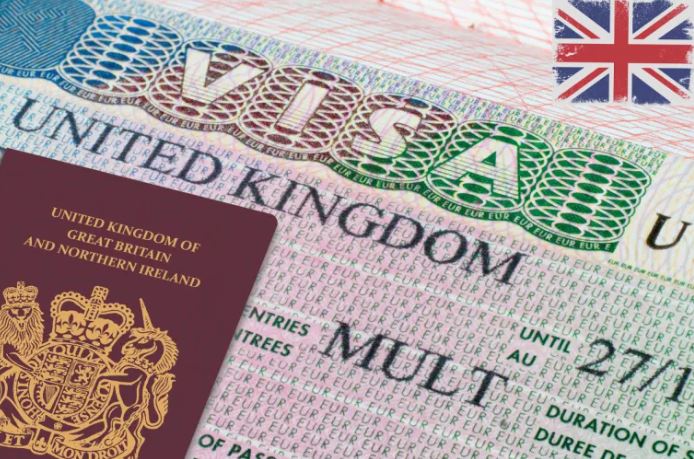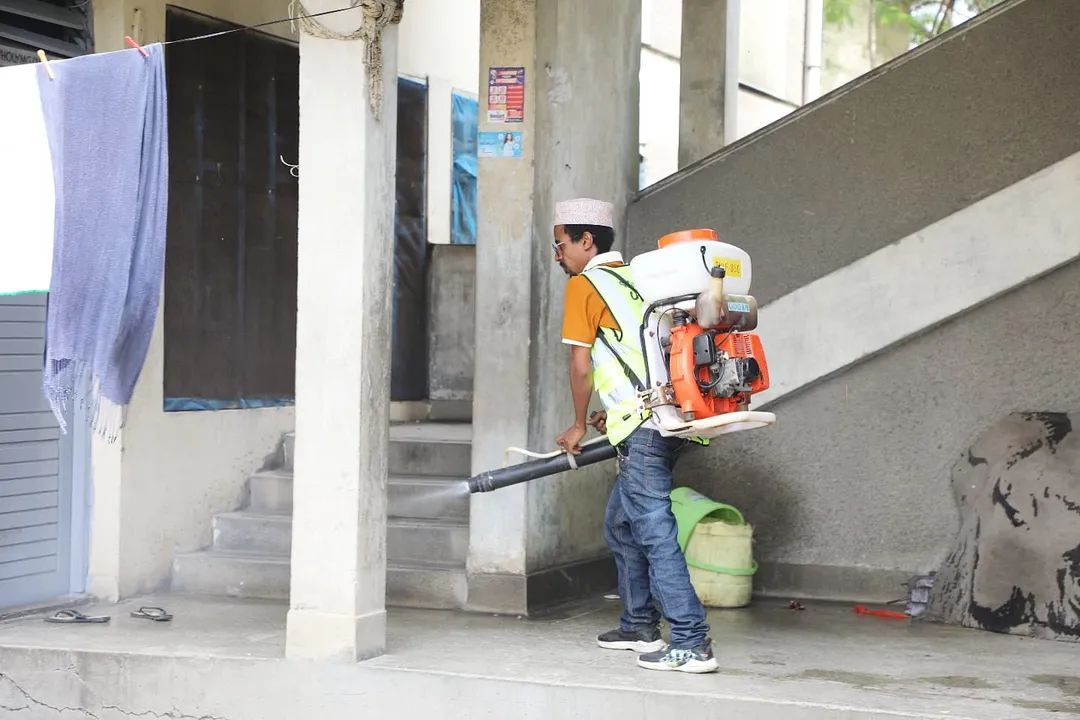Clogged no more: Simple steps to remove hair from your bathroom drain

As home hygiene continues to be a top priority, keeping drains clean is just another way to maintain a healthy, functional household.
Hair buildup in bathroom drains and sinks is one of the most common causes of slow or clogged plumbing, a nuisance faced by households.
But experts say there are easy and affordable ways to deal with the problem without calling a plumber.
More To Read
- Why toddlers need more greens: Nutritionist shares essential vegetable tips for parents
- Five-minute breakfast: Make the perfect avocado toast
- A simple guide on how to start decluttering your home
- Eight fruits and vegetables Kenyans should avoid putting in the fridge
- Common pitfalls: Seven mistakes new plant owners often make
- Rise of matcha: The bright green craze that’s more than just a trend
Whether you are in an apartment in Eastlands or a bungalow in Runda, here is how you can tackle drain blockages caused by hair, using tools and items already in your home.
Step 1: Remove the drain cover
Most bathroom drains and sinks are covered by a metal or plastic grate. Make sure you have a screwdriver, or simply lift it out if it is loose.
But be careful of any sharp edges and keep the screws in a safe place.
Step 2: Use a drain snake or wire hanger
You do not need expensive equipment. A wire coat hanger, straightened with a small hook at the end, can be an effective DIY tool.
Gently insert it into the drain and fish around. In many cases, you will pull out clumps of hair tangled with soap scum.
For a more efficient cleanup, a plastic drain snake, available in most hardware stores across Nairobi for as little as Sh150, is designed specifically for this task.
Step 3: Flush with hot water
Once the bulk of the hair is removed, pour boiling water down the drain.
This helps clear any remaining residue or soap deposits and ensures smooth water flow.
Step 4: Baking soda and vinegar
If the drain still seems sluggish, pour half a cup of baking soda, followed by half a cup of white vinegar, into the drain.
Cover it for 10–15 minutes, then flush with hot water. This natural reaction helps break down stubborn buildup.
Step 5: Replace the drain cover
After cleaning, replace the drain cover securely. Regularly checking and cleaning it can prevent future clogs.
Plumbing professionals in Kenya estimate that nearly 70 per cent of bathroom blockages are caused by hair. Regular maintenance can save homeowners thousands in potential repair costs.
As home hygiene continues to be a top priority, keeping drains clean is just another way to maintain a healthy, functional household.
Top Stories Today
Reader Comments
Trending
















































